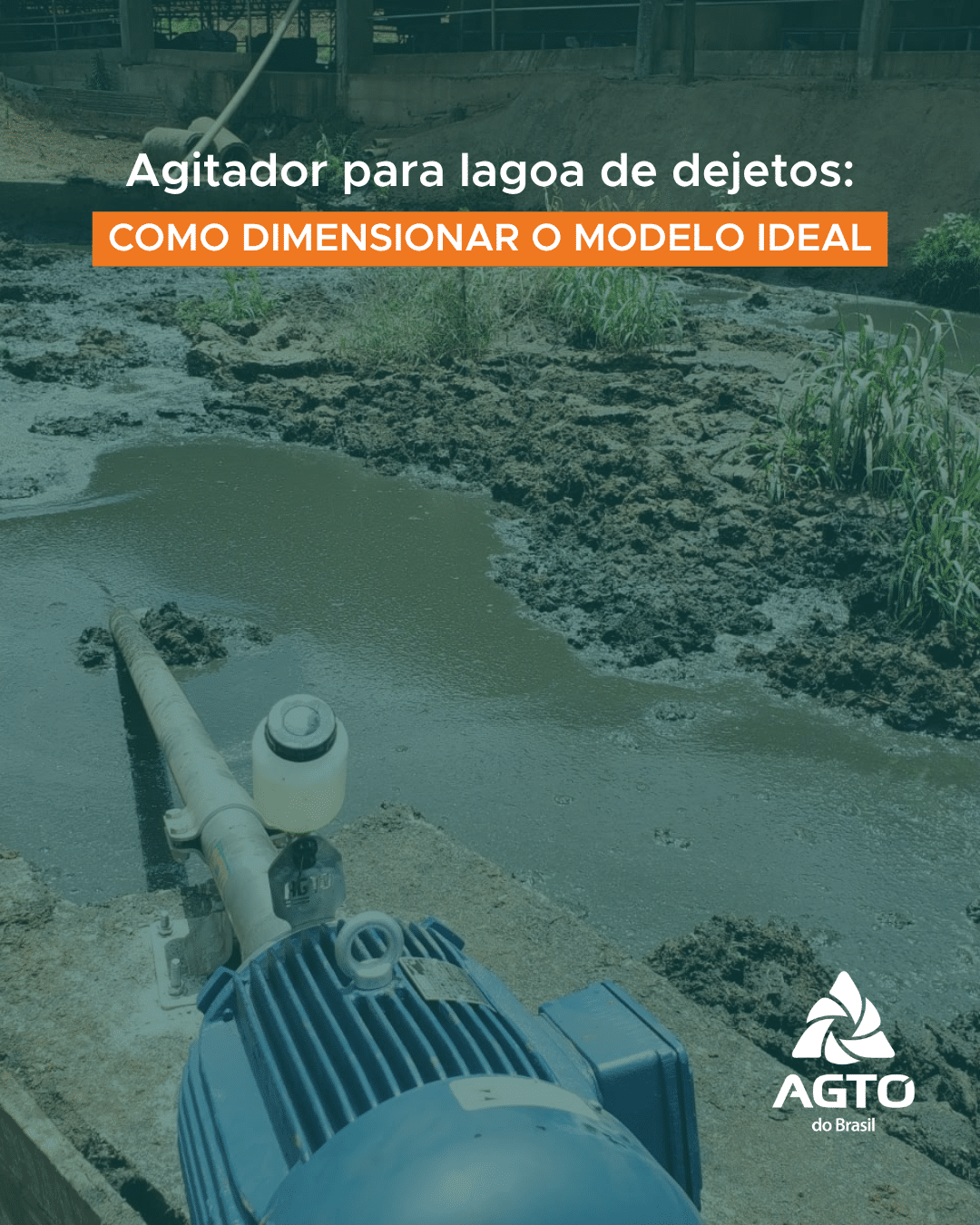The intensification of dairy activity has brought with it the production of large quantities of waste which, due to the lack of treatment and adequate management, becomes a source of pollution for water sources, soil and the atmosphere. Environmental damage is incalculable and is increasingly highlighted in the media. This is not only an environmental problem, but also a social one as it can pose risks to human health, causing the proliferation of insects and other disease vectors.
The basic waste from stables and corrals (feces, urine and water), when properly managed and recycled in the soil, ceases to be pollutants and becomes valuable inputs for sustainable agricultural production. In dairy farming, when animals are kept in semi- or total confinement systems, it is necessary to plan the best methods for treating and using this waste. In this sense, several alternatives have been developed and tested to mitigate their effects on the environment.
The use of manure pits to store cattle waste is a low-cost alternative and aims to prevent waste from leaching through the soil and being taken to underground and/or surface water courses. The manure allows the fermentation of manure, which reduces its polluting power and makes it possible to use it as fertilizer in crops and pastures. Another great advantage of this process is that during the tanning phase, the high temperature resulting from the fermentation of bacteria destroys the majority of weed seeds and disease-causing microorganisms. There are several models of manure pits for cattle waste, which vary according to the way they are used – liquid or solid. Whatever the model, the construction site must be at least 50 meters away from the stable and 200 meters from residences to avoid disturbances caused by the proliferation of flies and bad smells.
Adapted content.
By Juliane Morais.




